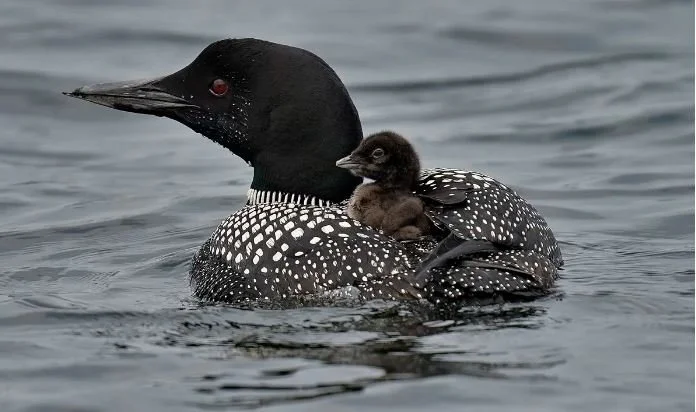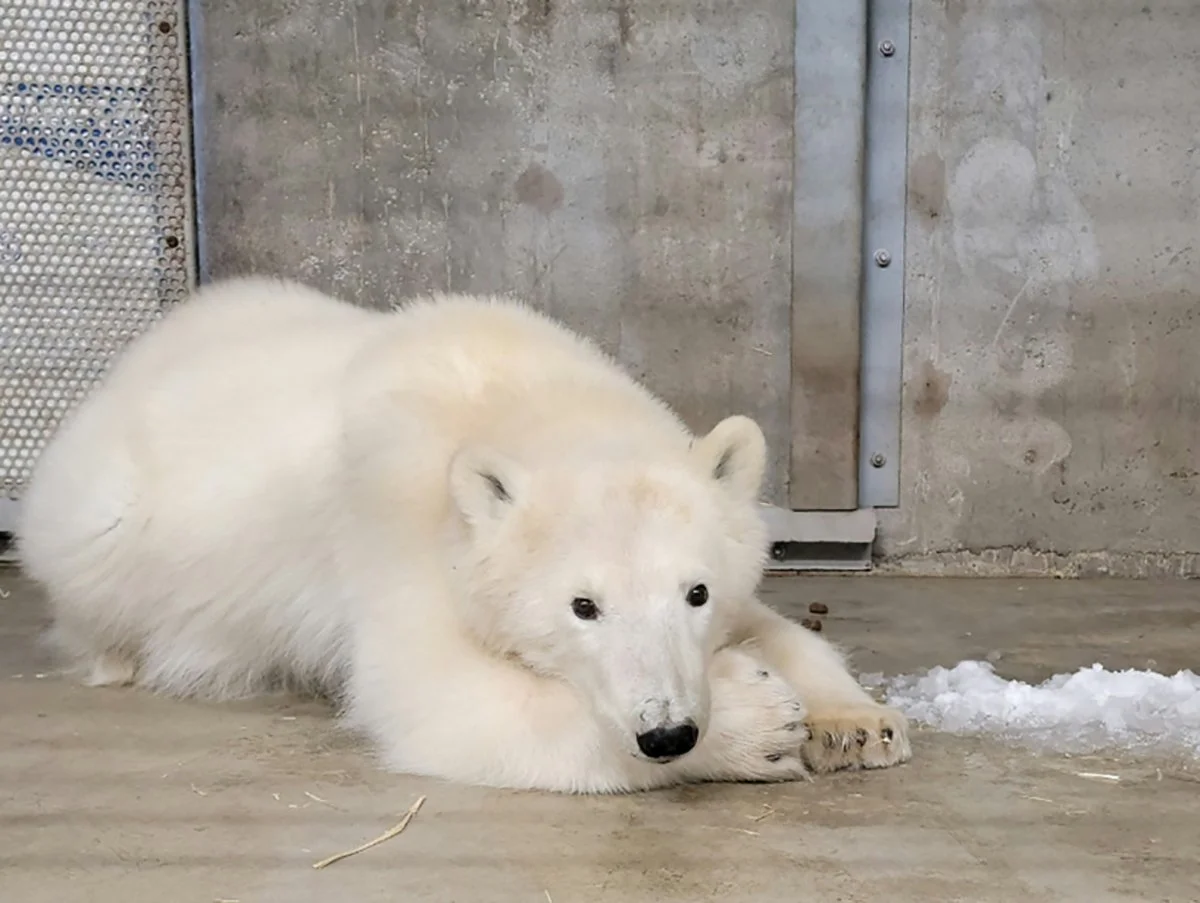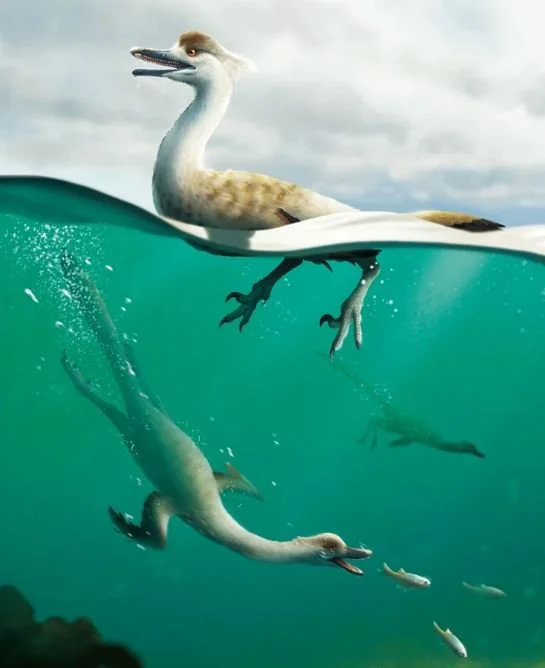Listen to the Plaintive Wail of the Disappearing Loon
Perhaps you’ve never seen a common loon, but you’ve definitely heard one. The water fowl’s plaintive call is a go-to sound effect in film – heard in such movies as 1917, Godzilla, Platoon, and countless others – to the annoyance of birders, who know the loon’s range is more limited than Hollywood would have us believe.
Canada is home to 90 percent of the world’s loons – population 600,00 – with the other 10 percent found in the UK, Greenland, and parts of Europe. While the species is not yet technically threatened, its numbers are dwindling. Surveys conducted by Birds Canada show a decline in loon chicks hatched by an alarming 25-30 percent over the past decade. Scientists aren’t sure what’s happening.
Ornithologists are looking into some of the usual suspects. Lake pollution, in particular by methylmercury, a powerful neurotoxin, is one possible culprit. Another is climate change, which is almost certainly affecting food supply in loons’ wintering grounds, the offshore waters of the Pacific and Atlantic Oceans, including the Gulf of Mexico.
“Canada has a big responsibility for this species,” Doug Tozer, director of water birds and wetlands at Birds Canada, tells the Globe and Mail. The conservation group is now hoping to ramp up its volunteer force of bird counters. “More participants gives us more power to detect trends in productivity. And the more power we have, the quicker we can get to solutions to solve whatever the problem is,” says Tozer.
So get counting, Canada. Visit birdscanada.org if you’re interested. Americans have their own loony conservation group in Crosslake, Minnesota; see nationallooncenter.org.
Listen to the plaintive wail of the loon here (and learn why birders are annoyed by its ubiquity in film): youtube.com/watch?v=DVFBUIGfcJk.
Photo credit: Chris O'Meara / AP







